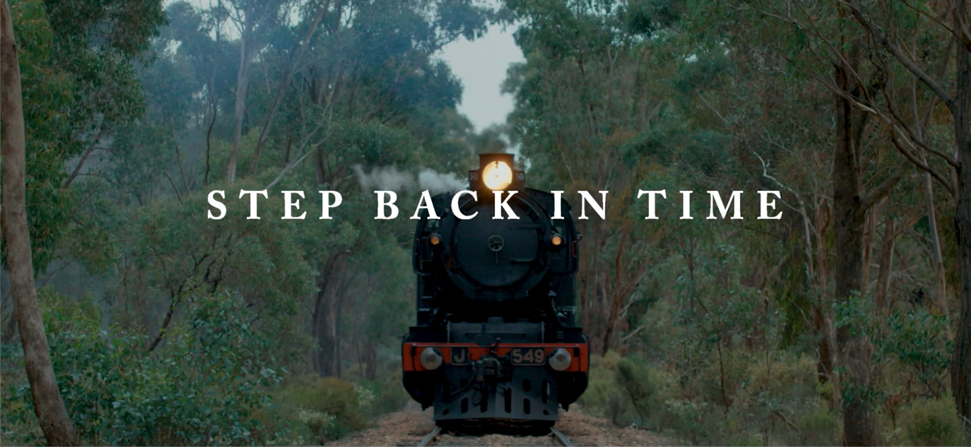By Jef Tan
They sure don’t write copy like they used to.
I remember doing final year advertising back in design school and being inspired by campaigns from Fallon McElligott (Rolling Stone’s Perception vs Reality and Porsche campaigns) and I was thinking to myself: I’ve got to be in advertising. Back then, the successes of celebrated campaigns that were catalogued by D&AD, The One Show and Clio annals were the stuff of awe. But we’re talking about nearly 16 years ago and in advertising years, that’s a LONG long time. Fast forward to now and veterans must collectively wonder if those days are done.
So what was it that made them sound so damn good? Surely the fundamentals were one and the same: distil the single most powerful difference that your competition lacked and go hard on the best possible proposition or angle you can tie that difference to and let your delivery sing. So long as one understood and grasped the delicate balance between truth and delivery, drawing attention without appearing offensively arrogant.
Some of those campaigns (for now I’d like to touch on the good works of Fallon’s past) succeeded just that and more. Somehow they were able to get the message through with a succinctness that was unforgettable. The Perception vs Reality series for the Rolling Stone for example were simple, powerful and truly unforgettable. The result was exactly what the campaign promised: a perception-altering reality that put the magazine in the echelon it deserved and of course, newsstand and subscription sales.

On the other end of the spectrum, check out their copy-led advertorial-esque Porsche ads.

In the current climate where clients argue that “nobody reads long copy anymore”, we hardly ever see anything as beautiful and eloquent as body copy extolling the wondrous qualities of car parts and precision engineering anymore. It didn’t matter whether one went through each and every line or didn’t, the headline alone sometimes did the job. And it worked even if you weren’t exactly in the targeted demographic. Here’s an example:

Decades later and they still take my breath away.
So I’d like to stop stunned in my tracks someday wandering about the streets of Melbourne where I live and be positively gobsmacked at a tram stop poster… but I’m not holding my breath. Many argue that political-correction zealots and their one-size-please-all dogma has forced advertising message-meisters to dilute the story and entertainment value from their headlines and ideas, leaving many to cower in the safe confines of mediocre creative careers. But I’m hopeful that I might find something extraordinary. Until then, the dreams of working alongside a brilliant copywriter will continue to remain where they once dwelled: in my youth.











